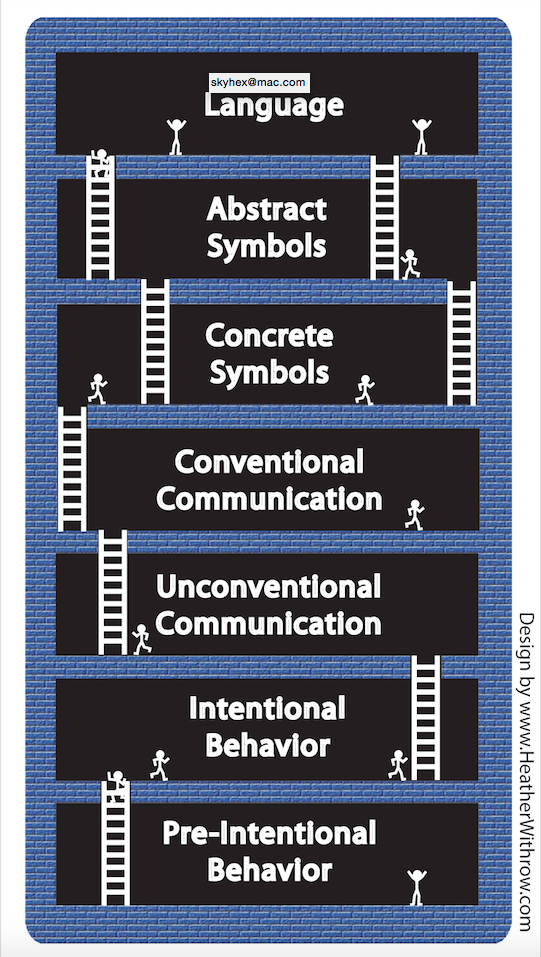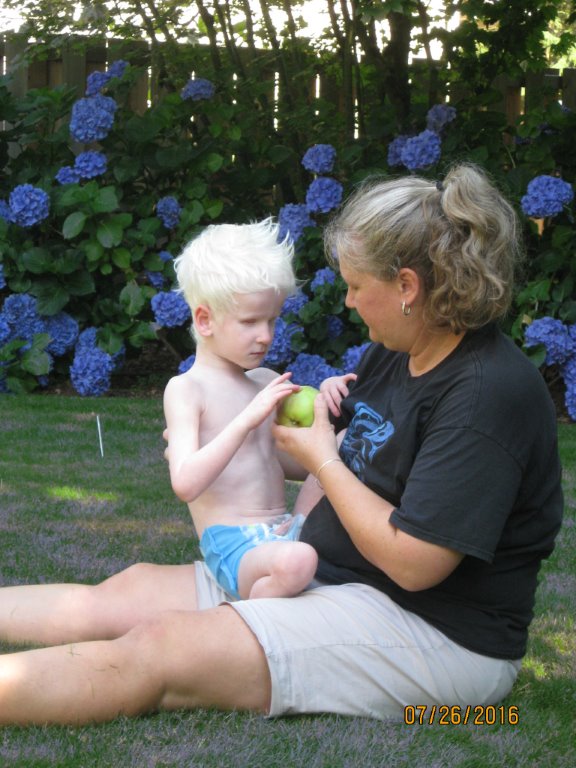Mommy Loves the Communication Matrix
12/24/2015 3:57 PM
As a parent, I believe the Communication Matrix is a great set of lens for us to look through at our children. It helps us recognize and explain to our community about our children’s ‘voices’ or ‘touch”, that many people probably never realized or appreciated were meaningful communication.
On conventional questionnaires and intake forms, when we parents are barely able to check off a box whether our child can do something, say something, it feels like our kids are doing poorly. We can be so hard on ourselves already and this doesn’t help. When Orion was a wee infant, and I’d already met and processed internal thoughts about those standard forms, I silently told myself that these weren’t designed with my son in mind and he is doing well for his circumstances. Society in general seemed to have put, “language”, on an “only" pedestal. There’s a whole ‘nother way around this because communication happens on every level. I am thankful for the examples of communication you’d see in the Communication Matrix questionnaire, I’m thankful to be able to check off more of these boxes and see we can look forward to, something on the horizon that my child and I can realistically aim for.
I used to say my son was “non-verbal, while on the videophone talking with medical professionals or with the staff in the emergency room or urgent care when they ask questions about him and his complaint. Non-verbal already felt so wrong to me during that time and as I learned of more DeafBlind resources and the different levels and purposes of communication, I found it! Orion’s signing vocabulary is spontaneous and still countable on our fingers, but I’ve been saying Orion is an emerging and unconventional communicator. With Orion grabbing and moving our hands, signing when he feels like it, sitting up to grab our shirt, fussing, moving our hands under his armpits to pick him up, giggling and touching our hands for more, trying to walk in a different direction than the one we were going in, there’s a lot of communication going on.
You can give the Communication Matrix questionnaire a try, whether you're a parent, intervener, or education professional. Test Drive the Matrix at https://www.communicationmatrix.org/TestDrive.aspx
------------
Off on a tangent here, I enjoyed playing the "Lode Runner" game back when desktop computers had black screens and green or white text and graphics and you could save files on a floppy disk. Here are the Seven Levels of Communication, Lode Runner style!

This post is part of the collection



Thanks, Kent!
HeatherWithrow - 1/15/2016